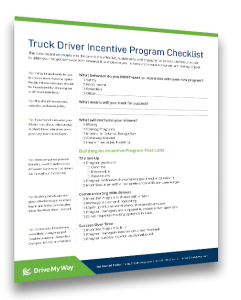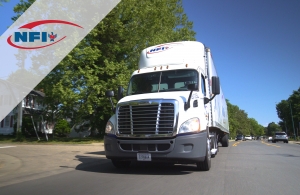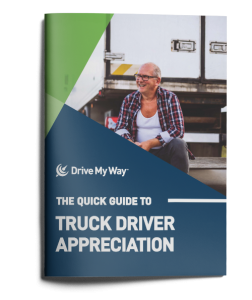
The trucking industry is the lifeblood of the global economy, transporting essential goods and materials across vast distances to meet consumers. However, in recent years, trucking companies have encountered a perfect storm of challenges that have pushed their resilience and adaptability to the limit. From a chronic shortage of qualified drivers to the ever-shifting sands of market demand and the specter of economic uncertainty, the industry has had to navigate a treacherous landscape. In such trying times, forging strategic partnerships and embracing innovation have become the keys to not just surviving, but thriving.
With the American Trucking Associations (ATA) projecting a staggering driver shortage of over 82,000 for 2024, the lack of drivers has become an existential threat for many trucking companies. An aging workforce, high turnover rates, and waning interest from younger generations have combined to create a dearth of qualified drivers, igniting fierce competition for the limited pool of available talent. This scarcity drives up costs and puts immense pressure on operations, forcing companies to adapt and innovate to survive.
Compounding the driver shortage, shifting market demands and evolving customer expectations keep trucking companies on their toes. The meteoric rise of e-commerce has reshaped the transportation landscape, demanding faster, more flexible, and cost-effective delivery. Trucking companies must navigate this new paradigm while also grappling with the ever-present specter of economic uncertainty. The cyclical nature of the business means that companies must always be prepared for the inevitable downturns and market volatility that can squeeze their bottom line.
In the face of these challenges, forward-thinking trucking companies are turning to innovative, technology-driven solutions like Drive My Way to attract and retain qualified, local drivers. Drive My Way leverages advanced algorithms and deep industry expertise to match trucking companies with in-market drivers who are the right fit for their specific needs. By prioritizing quality matching from the outset, these solutions increase the likelihood of long-term retention, minimizing the costs associated with high turnover rates.
This emphasis on finding the right driver-company fit is especially crucial during times of economic turbulence, as it allows trucking companies to focus their resources on other critical areas of their business, rather than constantly struggling to fill open positions. As the industry navigates the uncertain road ahead, those who embrace innovation, adaptability, and a commitment to their workforce will be best positioned to weather the storms and emerge stronger on the other side.
Real-world success stories underscore the transformative impact of strategic partnerships and innovation in helping trucking companies thrive. CEVA Logistics, a leading provider of first and final mile deliveries, partnered with Drive My Way to fill a range of final mile delivery driver positions across the United States. Through a tailored solution and seamless integration with their existing TenStreet system, Drive My Way helped CEVA Logistics streamline their hiring process, resulting in an average of 30 independent contractors per quarter at a cost per hire of just $747. This partnership allowed CEVA Logistics to reduce costs, drive innovation, and generate high-quality leads for their final mile delivery driver positions.
Similarly, Platform Waste Solutions, a pioneering waste management company focused on sustainability, turned to Drive My Way to meet their growing need for Local CDL A and B waste transportation drivers in key markets throughout the southern United States. Drive My Way developed a custom hiring solution carefully tailored to their specific job requirements and geographic footprint. This collaboration helped Platform Waste Solutions achieve their lowest number of open job positions in a long time. In just six months, they hired 18 drivers at a cost per hire of only $557, underscoring the effectiveness of the partnership in reaching critical hiring goals and securing pre-qualified leads at a reduced cost.
The trucking industry is navigating a gauntlet of challenges that demand ingenuity, collaboration, innovation, and resilience. From the unrelenting driver shortage to the ebb and flow of market demand and the ever-present specter of economic uncertainty, trucking companies must be nimble and proactive to stay ahead of the curve. By forging strategic partnerships with companies like Drive My Way and embracing innovative solutions, trucking companies can tap into the tools, expertise, and support they need to thrive in even the most challenging of times. As the industry continues to evolve at a breakneck pace, those who prioritize collaboration and adaptability will be in the driver’s seat, poised to steer their businesses towards a brighter future.




 From shipping delays to empty shelves and rising prices in supermarkets, the effects of the truck driver shortage can be felt all across the country. Carriers and advocates have tried a number of ways to get more drivers into the industry. From raising pay to
From shipping delays to empty shelves and rising prices in supermarkets, the effects of the truck driver shortage can be felt all across the country. Carriers and advocates have tried a number of ways to get more drivers into the industry. From raising pay to 





 The final, but perhaps most important, retention strategy comes from
The final, but perhaps most important, retention strategy comes from 











